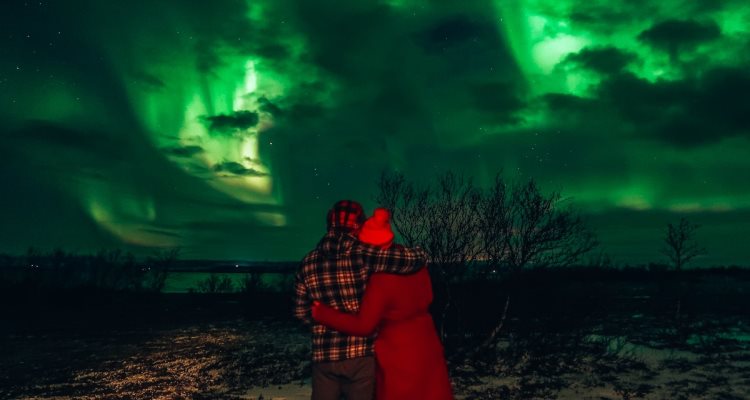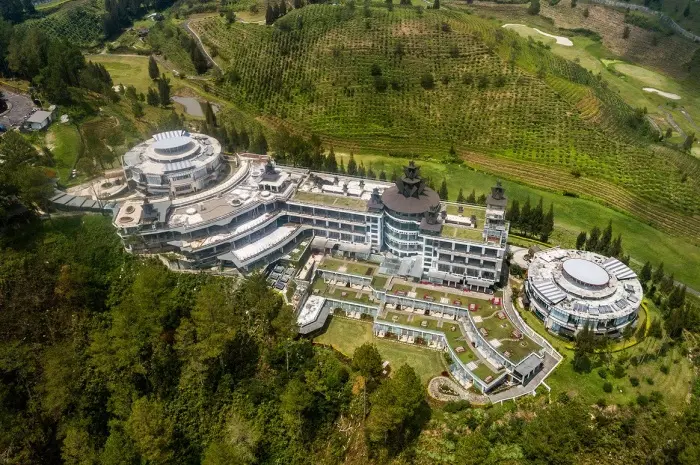Chasing the Northern Lights: The Reality Behind the Photos
The photos and videos of the aurora borealis don’t prepare you for the time it actually takes to witness the lights in person. Time-lapse footage and long-exposure shots give the impression of rivers of green lights shimmering across the sky within minutes or seconds, but in reality, it takes much longer—often several hours of waiting and watching.
Like many others who live in bustling cities, I had long dreamed of seeing the Northern Lights with my own eyes. I’d heard that 2013 was a prime year for aurora activity due to the peak of an 11-year solar cycle, so I researched the best locations and seasons, finally settling on Tromsø, Norway, as a convenient and affordable option. I’d heard that, with luck, you could even catch the lights from the city center.
Luck wasn’t on my side. My week in Tromsø was marked by stormy weather and low auroral activity, despite online forums raving about the spectacular displays seen just the week before. For two nights, I wandered the outskirts of town for hours, scanning the sky for any sign of those elusive green waves I’d seen in photos.
The photos don’t tell you how cold it is
I visited Tromsø in March, at the tail end of winter and the aurora-viewing season. The temperature hovered around -10°C, and even though I was bundled up in a borrowed snow suit and armed with heat packs, I had to keep moving to fend off the bitter cold. With only two nights left, I grew anxious and decided to book a guided “Northern Lights Chase,” where guides drive groups out to wherever the aurora might be visible—even if it means a three-hour trek into Finland.
“That’s how unpredictable and elusive it is,” quipped my guide Thomas. “We never trust the meteorologists. Sometimes, on a night like this, when it’s cloudy and you’re ready to give up, the most amazing lights appear.” His reassurance, along with the warm gear provided, made the idea of spending six hours in the cold slightly less daunting. After driving for about an hour, we found a clearing with a patch of clear sky near Skibotn.
Our group of seven—interestingly, all of us were Asian—stepped off the van and trudged through shin-deep snow. We set up our cameras, started a campfire, and waited. As my eyes adjusted to the darkness, the stars revealed themselves—millions of them, forming constellations I’d never seen before, growing up in the light-polluted tropics. I learned how Ursa Major pointed to Polaris, and then I noticed a faint, pale smudge in the sky that didn’t quite look like a cloud. I squinted. It seemed ever-so-slightly green.
Hope surged within me, and I nudged Thomas. “Is that it?” I whispered.
He smiled. “Yep. It’s beginning.”
The photos don’t tell you that you’ll be mesmerized
The aurora starts slowly, so softly you might not notice it at first. A gentle ribbon of green unfurls across the sky, stretching from east to west. Without realizing it, you’ll find yourself stepping forward, drawn to it. Then the striations appear, slow and graceful, as they weave their ethereal dance across the heavens. You might have countless words running through your head, trying to describe the moment, but the only one you’ll say aloud is “wow.” You’ll forget about the cold biting at your fingers and toes. You’ll stumble through the snow, following the glowing lights as they move above, tracing their path in awe.
That’s exactly what happened to me.
Every few moments, one streak of light would fade, only to be replaced by another—each with its own size, shape, and rhythm. It was like listening to music, even though the aurora was silent. Eventually, I stood still, simply absorbing it all, fully immersed in the moment. It wasn’t until four hours later that the lights finally began to fade, leaving the sky to the stars once again.
Though the aurora wasn’t as active as it can be—Thomas said that, on rare occasions, the lights can even hum with electricity—the experience was still captivating.
The photos don’t tell you how indescribably beautiful it is to see the Northern Lights with your own eyes. Because when you witness the aurora, you don’t just see it—you feel it, deep in your soul.



